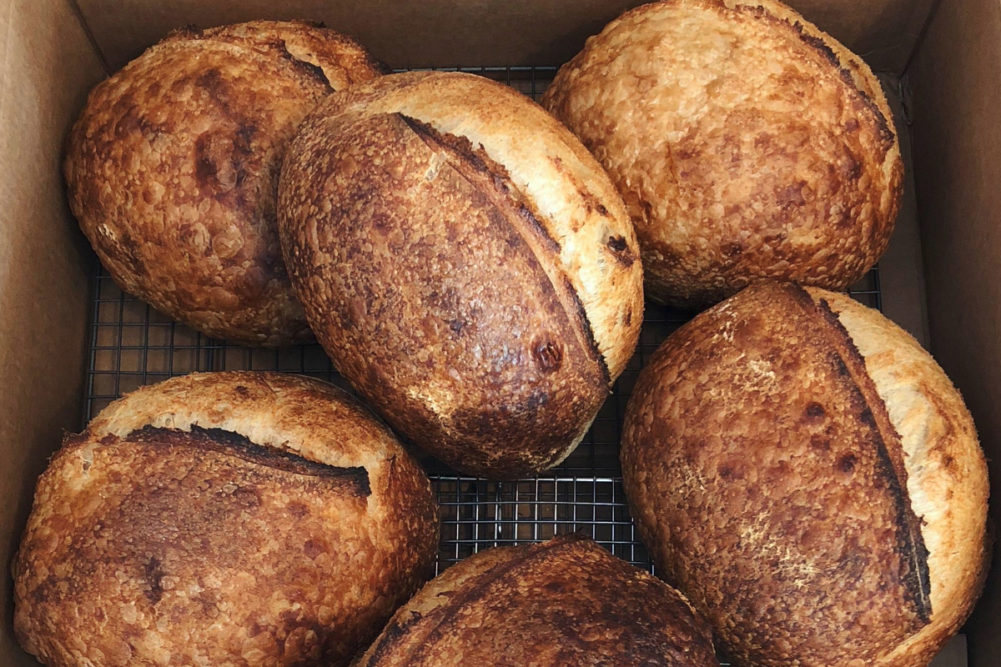Steffen Weck, a food scientist and president of Food Business Consulting, takes an unscientific approach when identifying artisan baked bread. He looks for what he called “flavor bubbles” on the crust. Such “bubbles” come from anaerobic fermentation, Zach Martinucci, owner of Rebel Bread, told Baking & Snack in its April report on artisan inspiration.
On the bakery’s signature sourdough bread, he added, those flavor bubbles result from acetic acid that develops after the dough is retarded overnight and creates a more distinctive flavor. Mr. Martinucci encourages consumers to search for another visual sign on the bottom of the bread. If it has a grid-like pattern, he said, it has been baked on a tray in a commercial oven, unlike hearth-baked artisan bread. Additionally, listen to the bread — and specifically its crust — to detect if it’s inherently artisan.
“There should be a crispy-crunch when the loaf is torn open — that’s the auditory cue,” said Jessica Cristadoro, Mr. Weck’s business partner.
Such a distinctive sound becomes muffled, however, when bread is packaged in plastic for a longer shelf life.
“The plastic essentially creates a scenario where the bread equilibrates, and the moistness from the crumb migrates into the crust,” Ms. Cristadoro pointed out. “You’re not going to get that ‘snap’ of true artisan breadcrust when it’s been sitting in plastic.”
When it comes to identifying really good artisan bread, all you have to do is look, listen and enjoy the culinary cues.





